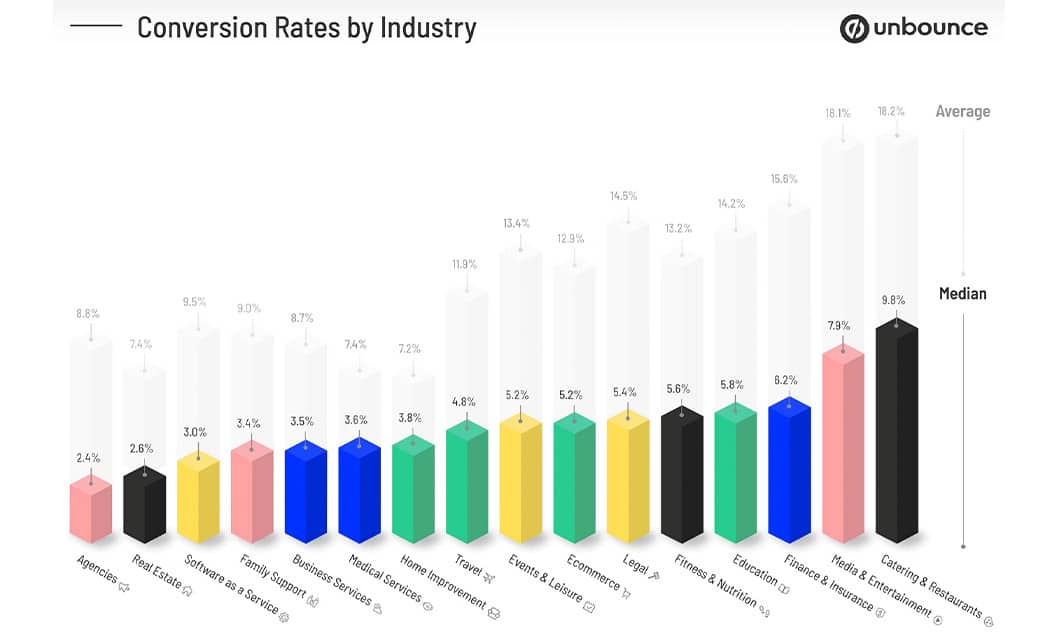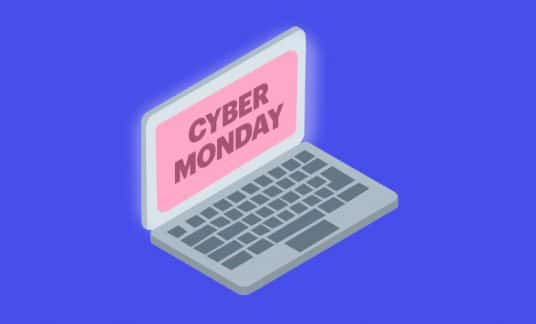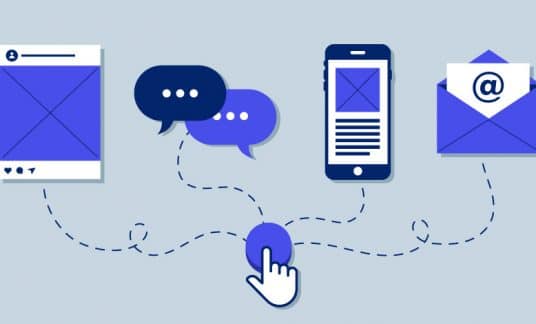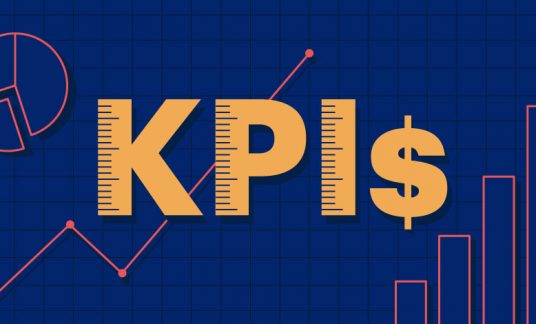Knowing how to qualify leads is what makes or breaks a business-to-business (B2B) company and a B2B sales representative.
All leads aren’t created equal, though.
By learning how to qualify leads, you can increase the number of actually good leads you get and drive your sales higher than ever.
Why Is Lead Qualification Important?
There are 3 main reasons why learning how to qualify leads is so critical:
1. It Saves Time
Qualifying leads means you can devote more of your time to the prospects most likely to close — and cut loose the ones who aren’t.
2. You Can Focus on the Right Leads
By qualifying your leads, you can home in on the right ones faster and respond faster to them.
Improving your response time is one of the most important things you can do to drive your sales. A Massachusetts Institute of Technology study found that the chance of closing a sale is 21 times higher if you call the lead within 5 minutes versus 30 minutes.
3. Develops a Repeatable Process
Getting good at qualifying leads means you’re developing a sales system. Creating a system for ranking, scoring and qualifying your leads allows you to work more efficiently. And you’ll learn which actions work best with certain types of prospects.
Types of Leads and How to Qualify Them
Your sales funnel may look a little different but this is the basic structure for most organizations.
Let’s run through how to qualify leads from the top to the bottom. Look at this example from LeadSquared, a software provider focused on marketing automation and customer relationship management:

Awareness
No one can buy from you if they don’t know who you are. Awareness is the first step. This is how people find out about you.
Your goal at this stage is simply to move them along your funnel to the next stage.
Lead Capture
This is where that awareness starts to become more serious. At this stage, your goal is to collect information about the lead as an expression of interest.
Collecting information qualifies the lead at this stage because they wouldn’t fill out your contact form or sign up for an email list if they weren’t interested in buying from you.
Most times, this looks like collecting an email address from a pay-per-click (PPC) ad or landing page. You could give away a lead magnet, such as an ebook, in exchange for their information.
Prospect
Once someone gives you their contact information, they become a prospect. Here is where we find out if they’re only a little bit interested — or a lot interested.
This stage is often automated through your content marketing program. At this stage, prospects need nurturing to keep and grow their interest in buying. That could look like weekly email campaigns, webinar invites or sending a free trial offer or other promotion.
Marketing Qualified Leads
A lead becomes marketing qualified once they take action. This is where the train stops for the marketing team and sales takes over.
The lead could schedule a call or sign up for a free trial. It’s an action that expresses serious interest in purchasing.
Sales Qualified Leads
This is where things get serious for salespeople. At this stage, you’ll be in contact with the lead and trying to get the information you need to score and qualify them.
At this point, many of your leads may become disqualified. Don’t worry. Often, marketing and sales goals are different, resulting in leads who aren’t the best match slipping through to this phase. Other times, you can’t know all the information you need to score them until now.
At this stage, you need to run the lead through a lead scoring tool, such as the BANT method which we explain in the next section.
Opportunities
Once you’ve established a lead has the budget, authority, need and timeline to purchase from you — if using the BANT method — it’s time to get serious. Your lead is hotter than a marshmallow roasting on a campfire.
Spend time developing a relationship with your lead and follow up often to close the sale.
Customer
You did it: closed the sale. According to research from Kalungi, the average conversion rate from awareness to customer is 0.05%.

Although, conversion rates vary widely by industry. Unbounce compiled research to find the median and average conversion rates per industry. Still, this is only a guide and your only conversion rate competition should be with yourself.
How to Qualify Leads
Qualifying leads is a process of investigation to discover how likely a prospect is to buy from you. As with all investigations, this information is unearthed through asking questions.
1. Ask the Right Questions
Don’t try to read your lead’s mind. Ask them questions directly without assuming the answers.
The top questions you need to ask are:
- Do you have a timeline for making a decision?
- Who is involved in this decision?
- How do you measure success?
- How soon do you want to see results?
There are many other questions you can ask, but these are the basic ones. They will give you a good idea of how quickly the lead wants to make a decision and how motivated they are to buy. This gives you a lot of insight into how to qualify them.
2. Use the BANT Formula
The BANT method for lead qualification was originally developed by IBM and is a simple 4-step process to rank and qualify leads.
The acronym stands for:
Budget: Can this lead afford your solution? Have they planned for a large purchase?
Authority: Does the stakeholder you deal with have the authority to make decisions on behalf of the company? Are you speaking to the right people? Is there internal buy-in?
Need: Is your solution a good fit for the lead’s problem?
Timeline: Is this lead ready to buy soon?
These are important metrics to find out, but the BANT method is a bit simplistic in today’s always-on world.
There are many other mouthfuls of acronyms out there, such as the MEDDIC method (that is, Metrics, Economic, Decision Criteria, Decision Process, Identify Pain and Champion), CHAMP (CHallenges, Authority, Money and Prioritization)sales and the HubSpot-created GPCTBA/C&I.
What it lacks in concise punch, GPCTBA/C&I makes up for in detail. It stands for:
- Goals
- Plans
- Challenges
- Timeline
- Budget
- Authority
- Consequences and Implications (Positive/Negative)
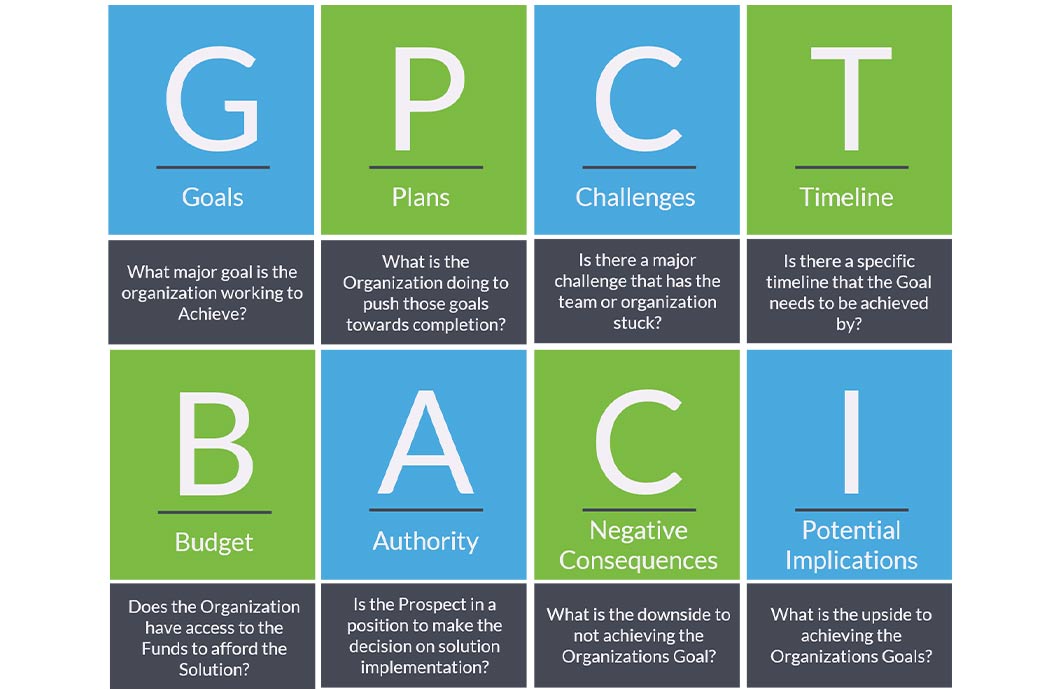
This method goes into a lot more detail than the BANT method and takes into account a lot more information. This is only needed if your product or service is something that becomes an integral part of a business, especially if it’s at a higher price point.
For many salespeople, running through such a detailed qualification process isn’t necessary.
3. Follow Up
Half of sales is properly qualifying leads. The other half is following up.
OK, those aren’t bonafide statistics, but it’s true. Follow up with your qualified leads regularly — at least weekly in most cases.
4. When to Disqualify a Lead
Disqualifying a lead doesn’t mean it’s a bad lead or that you failed to close them. No doubt, disqualifying a bad lead is as important as qualifying a good one. Disqualifying a lead means you don’t need to waste your time pursuing a sale that isn’t going to happen. It frees up your time to close ones that have a chance.
Some common reasons to disqualify a lead are:
- Desire to purchase your solution but no budget to do so (at least right now).
- Your solution isn’t right for their business problem.
- The lead doesn’t have a goal to achieve and doesn’t know what success looks like for their business.
Disqualifying a lead doesn’t mean you’ll never talk to them again. Some may even come back years later and be a good fit for your solution at that time. Always keep the lines of communication open, but know when it’s better to move onto better prospects.
3 Ways to Get Consistent, High-Quality Leads
1. Use Content Marketing
Content marketing brings in 3 times as many leads as outbound marketing methods, but costs 62% less, according to data from Demand Metric.
Content, such as articles, videos, social media and email marketing, is very effective at nurturing your leads. Great content can educate your leads about what you sell and build trust in your company. It also increases loyalty and retention in your existing customers.
2. Align Your Sales and Marketing Teams
Having your sales and marketing teams aligned will result in higher-quality leads. A survey of business leaders by LinkedIn found that 87% said better alignment between sales and marketing enables critical business growth.
Marketing should share resources with the sales team, such as buyer persona guides and content marketing strategies.
Sales should share information about the types of leads marketing is attracting. They also should share suggestions on how to obtain necessary information sooner in the funnel.
3. Ask for Referrals
A study by Goethe University Frankfurt and the University of Pennsylvania found that referrals had a 25% higher profit margin versus nonreferral customers.
The same study also found that referred customers had a 16% higher average lifetime value.
Asking for a referral can be as simple as mentioning it on a phone call to an existing customer, or adding a small sentence to your email signature that says, “The best compliment you can give me is a referral.”
Start Qualifying Your Leads Now
Learning how to qualify leads is well worth the upfront investment of your time. Once you find the lead qualification system that works for you, you’ll be working smarter.
That means you’ll be closing more deals in less time.
Start by defining the method you’ll use for qualifying leads. After a while, you’ll notice what percentage of sales-qualified leads are coming through from your marketing team. Keep the lines of communication open and share resources to keep everyone on the same page.
One last thing? Don’t forget to ask for those referrals.




